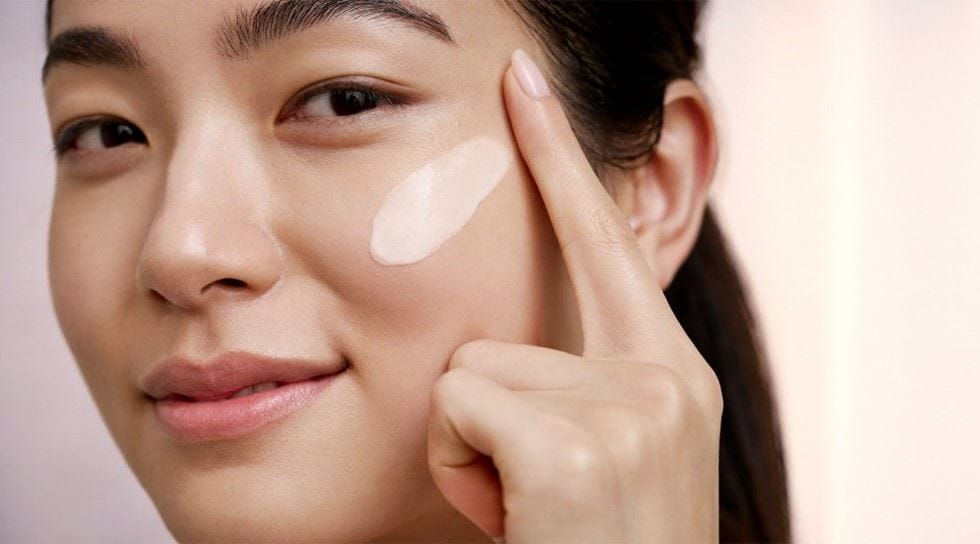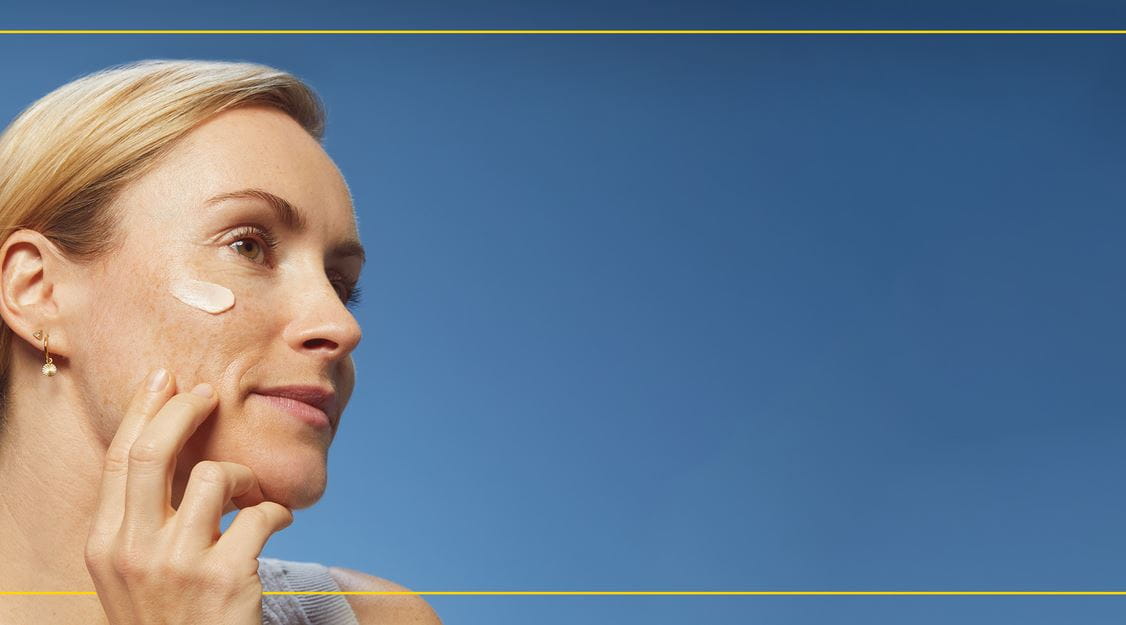
Understanding Skin Pigmentation: A Complete Guide
The darkening of certain areas on the skin is deemed as a symptom of hyperpigmentation. People with this issue can develop patches in numerous sizes at different places on their bodies. The excess production of melanin causes the skin to darken in certain places. There are an array of reasons why you may experience pigmentation on the face or other parts of your body. Sun exposure, genetics, infections are just a few factors responsible. You can learn about pigmentation meaning to stay ahead of these issues.





